

Butterfly valves — Valves identifiable by their butterfly-like disc which handles fluid flow, follow a 90 rotation which controls their opening/closing. And that’s why they’re also termed as quarter turn valves. Once lined with layers of PFA or PTFE, these butterfly valves can handle strong chemicals and higher temperatures. Continue on to learn more about PFA lined butterfly valves/PTFE lined butterfly valves.
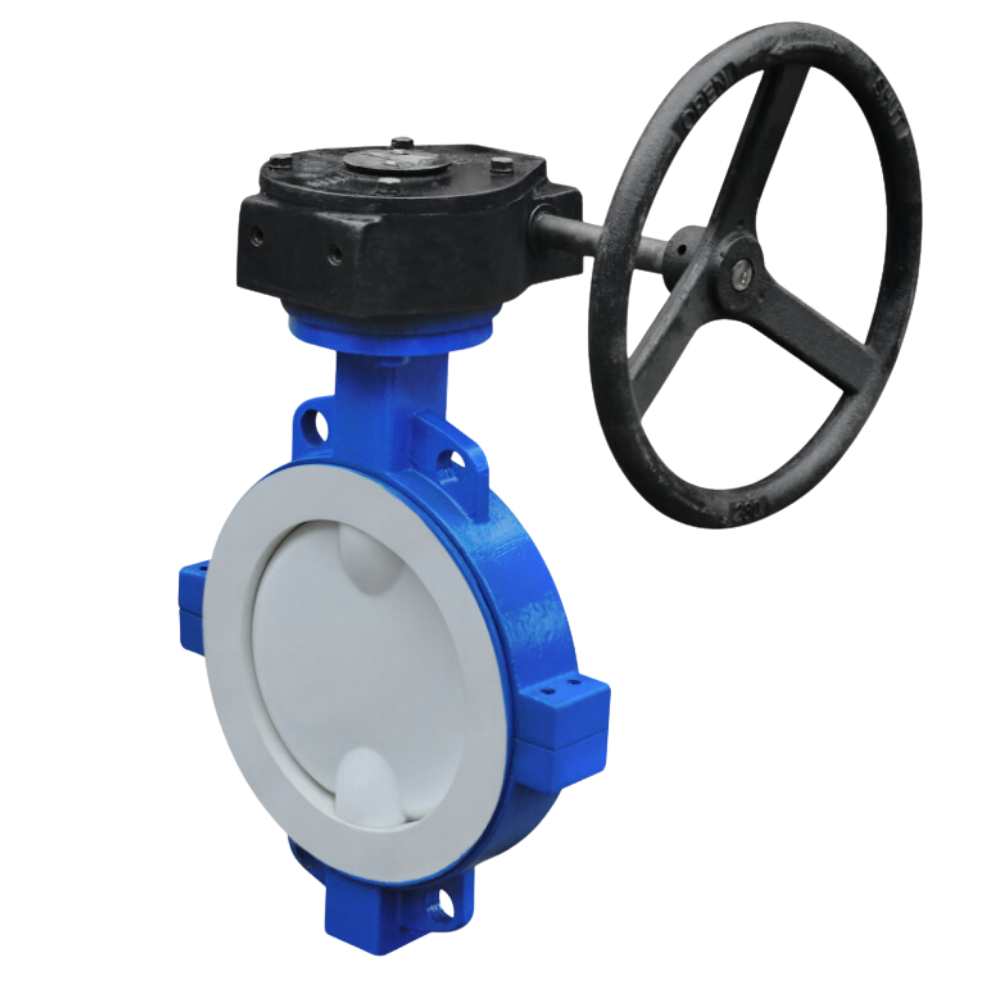
The butterfly valve design is simple. It is made of the following components:
Butterfly valves handle fluid control by a revolving disc. When opened, the butterfly disc rotates so that the hole/bore is in line with the fluid. And this allows it to flow. When the valve is closed, the bore faces away from the fluid blocking flow.
Butterfly valves are apt for many industrial operations. However, specific pipes like those in chemical factories use PFA or PTFE lined butterfly valves. The components of the valve are similar. The only differentiable point is that these valves come with an extra internal layer.
Valves are lined with PFA/PTFE by making dovetail grooves on the inner side of the valve. Molten PFA is then poured onto these grooves and allowed to cool down. This solidifies it, creating a layer between the fluid and metal. In turn, this gives valves greater corrosion and temperature resistance.
| PFA Lining | PTFE Lining |
| More flexible but lower flex life | Less flexible but greater flex life |
| More expensive than PTFE | Cheaper than PFA |
| More susceptible to absorbing water leading to damage | Better hydrophobic properties |
| Melting point of 260°C | Melting point of 327°C |
| Generates more friction than PTFE | Lower coefficient of friction |
Fluoropolymer lined chemical resistant valves have these benefits:
Fluoropolymer lined butterfly valves are used to these operations:
Butterfly valves are lined with fluoropolymers by creating dovetail grooves on the inner valve body. Molten PFA/PTFE is then poured on these grooves and allowed to cool. Once cooled, it solidifies creating a layer covering the inner valve body. This provides greater corrosion resistance and temperature withstanding properties.
PFA Lined butterfly valves are used in high purity fluid handling because of the internal fluoropolymer lining. This lining prevents contamination by creating a layer between the inner valve body and fluids.
Fluoropolymer lined butterfly valves improve performance in corrosive environments by providing extra durability. This is done through the internal fluoropolymer layer which is chemically inert. This layer also prevents the valve body from coming in contact with corrosive fluids.
Resources:
PTFE Vs. PFA: A Detailed Comparison Guide | DCW (ptfedf.com)
Guide on How a Butterfly Valve Works | Dombor
What is a butterfly valve and where it is used in water supply? – Hawle
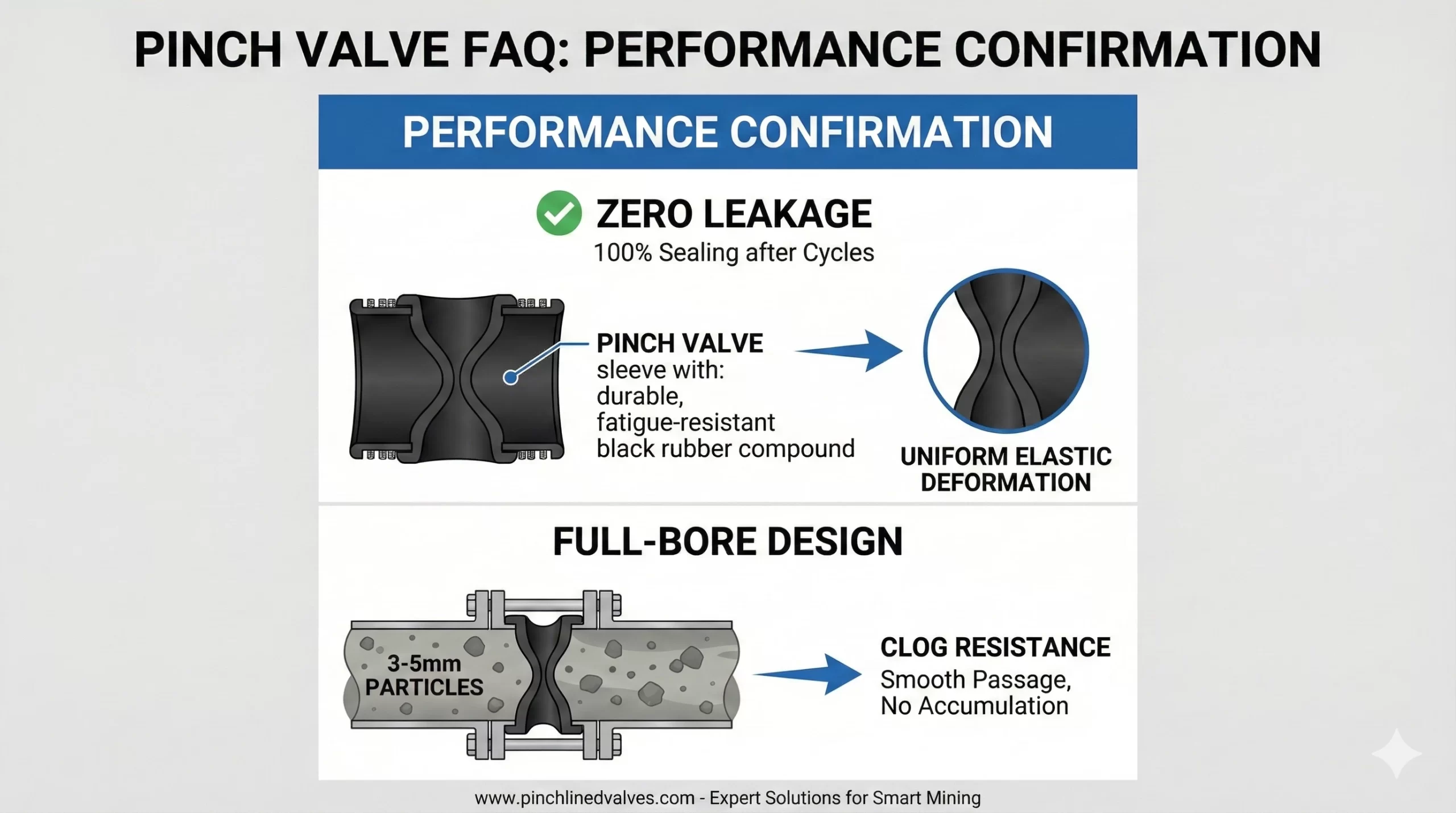
Question 3:Performance Confirmation:Your documentation mentions “zero leakage” and “clog resistance.” We would like to confirm: After long-term operation, will repeated compression cycles cause sleeve fatigue leading to sealing failure? Is the full-bore design truly effective for slurries with larger particles (e.g., 3-5mm)? Answer 3:Confirmation of “Zero Leakage” and “Clog Resistance” Performance (1)Zero Leakage Reliability: Our […]
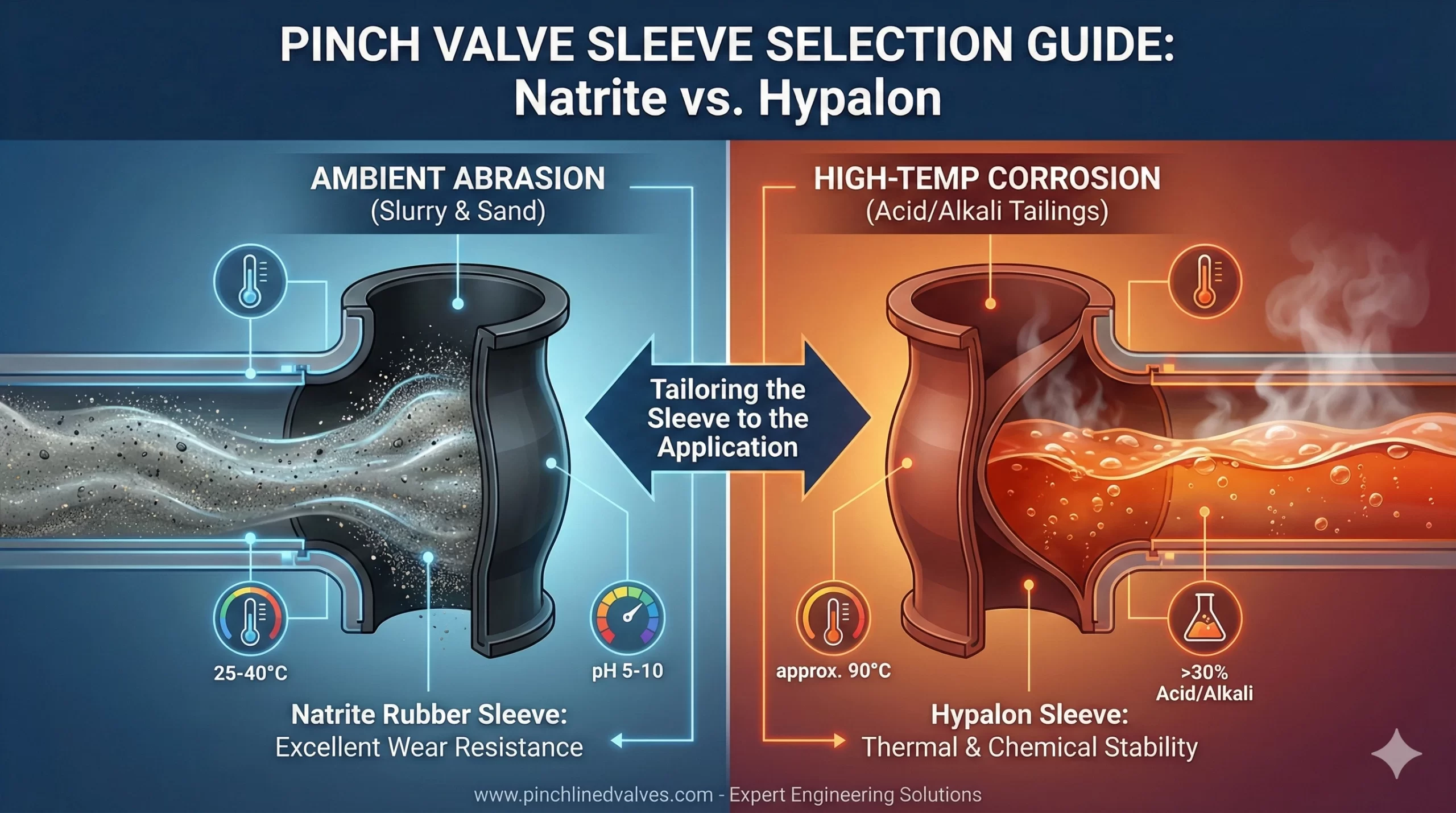
Material Selection:We are dealing with different working conditions: (1)Question1: Condition A: Ambient temperature (approx. 25-40°C) slurry containing fine sand, where wear resistance is the primary consideration, with weakly corrosive media (pH 5-10). Answer1:(ambient temperature, fine sand, low concentration corrosion, high wear resistance): Preferred recommendation: Natrite Rubber sleeve. Reason: The core advantage of Natrite Rubber lies in its […]
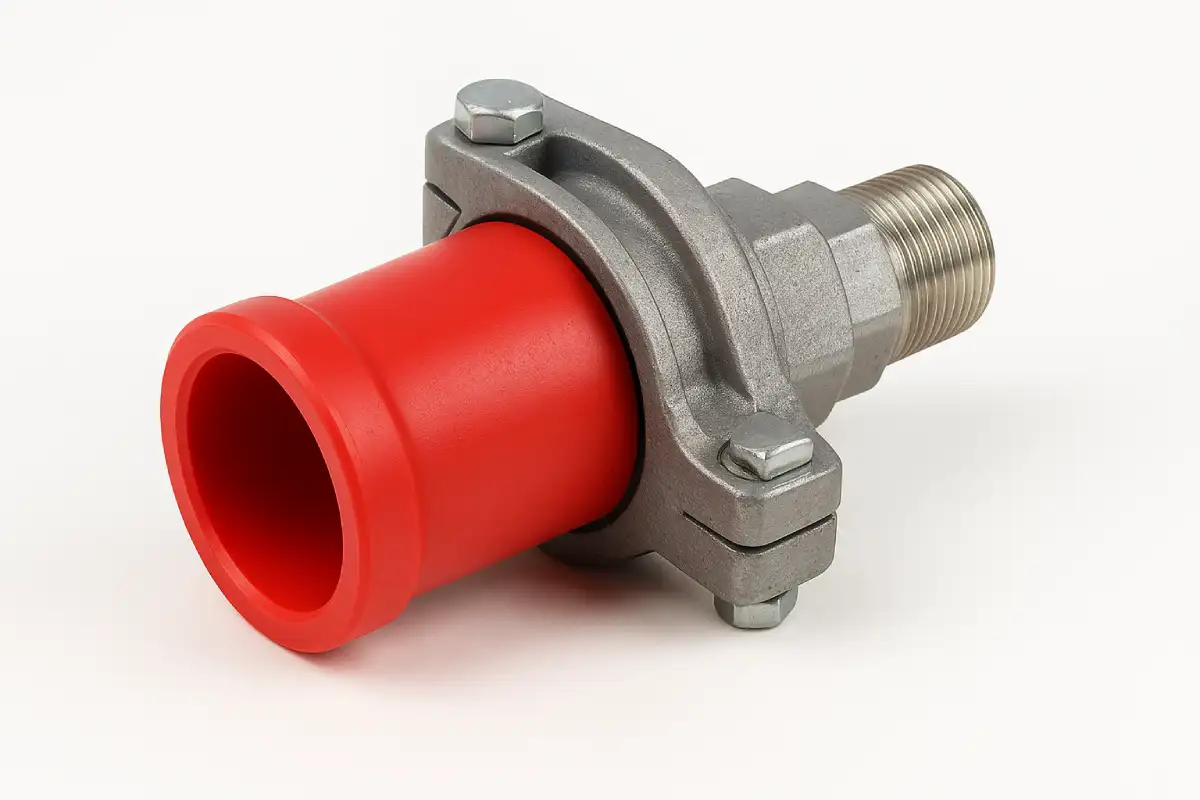
A pinch valve adapter connects a pneumatic pinch valve or manual valve to pipes, tubes, or other parts of a system. With this connector, the valve can manage liquid or gas flow without leaks or strain. It also lets the valve fit in tight or unusual setups. This reduces operational risks and improves overall performance. […]
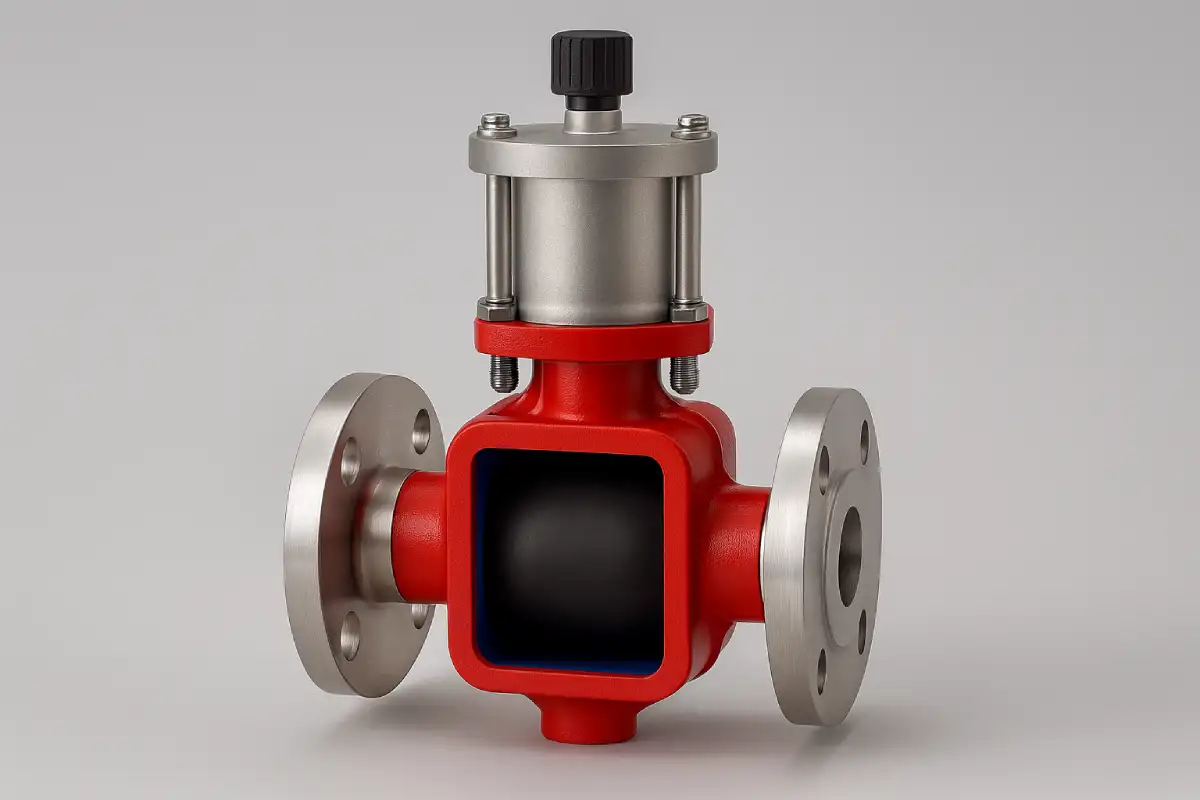
Yes, they are. Hygienic pinch valves are specially designed to keep things clean and safe, which is why they’re so common in food, pharmaceutical, and biotech environments. Their smooth interior and dead-zone-free design make cleaning quick and reliable. And if the term is new to you, don’t worry, this article will walk you through what […]



